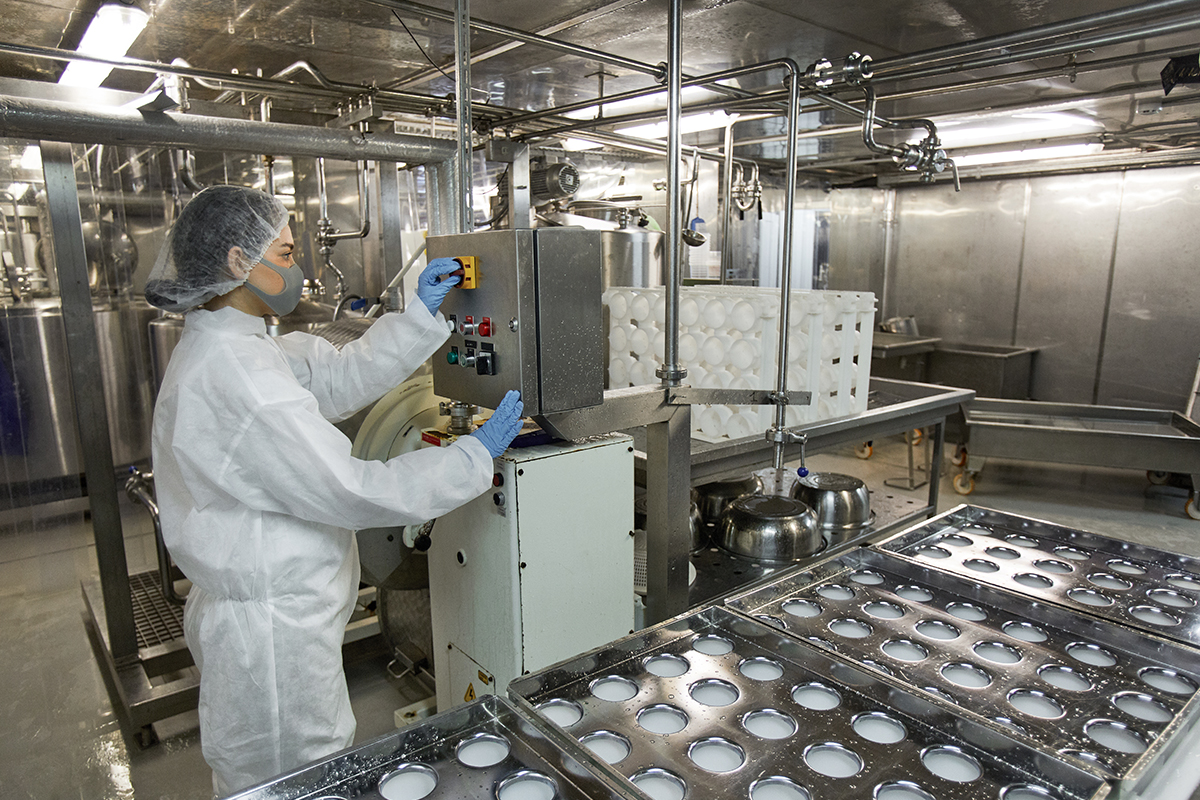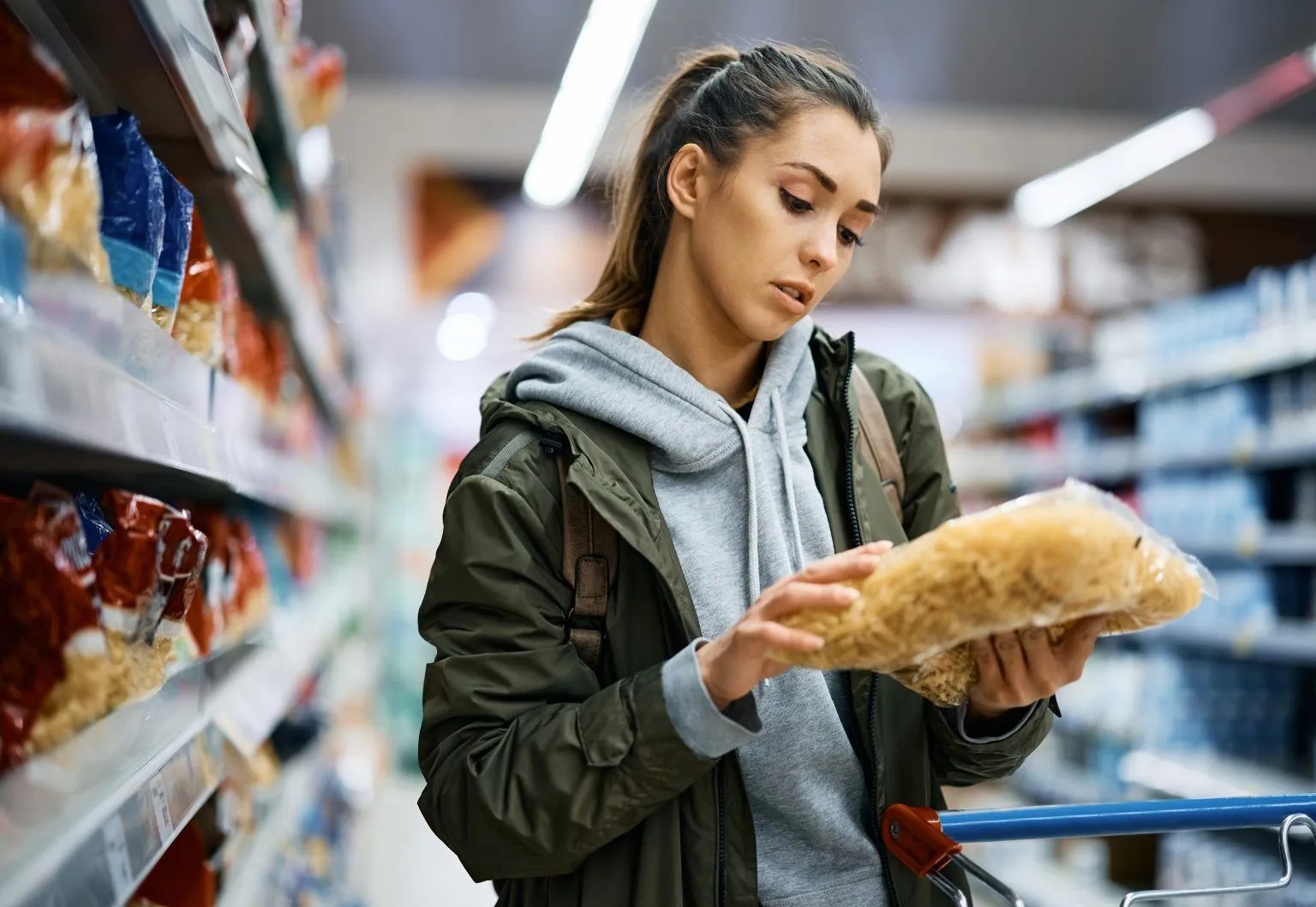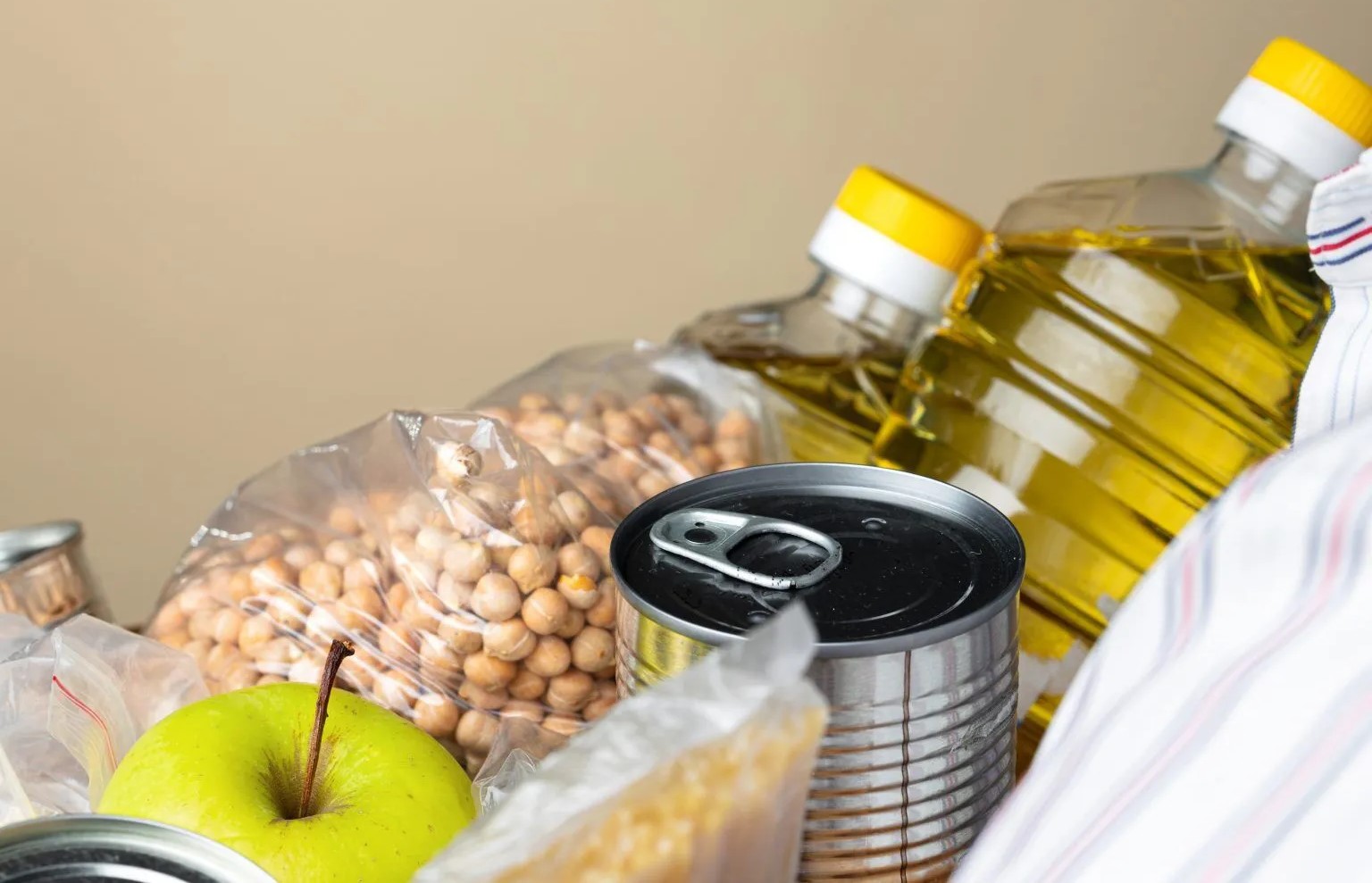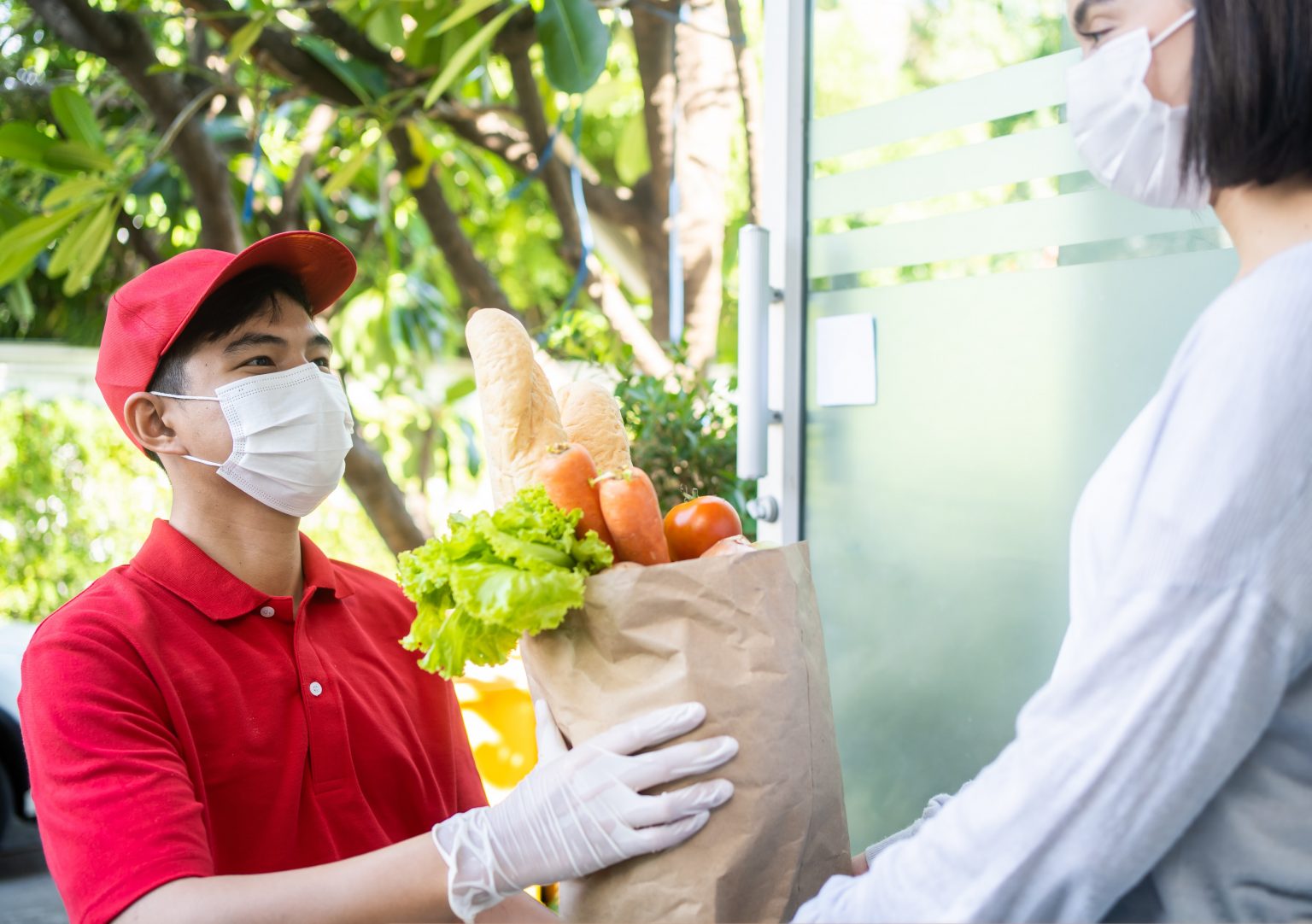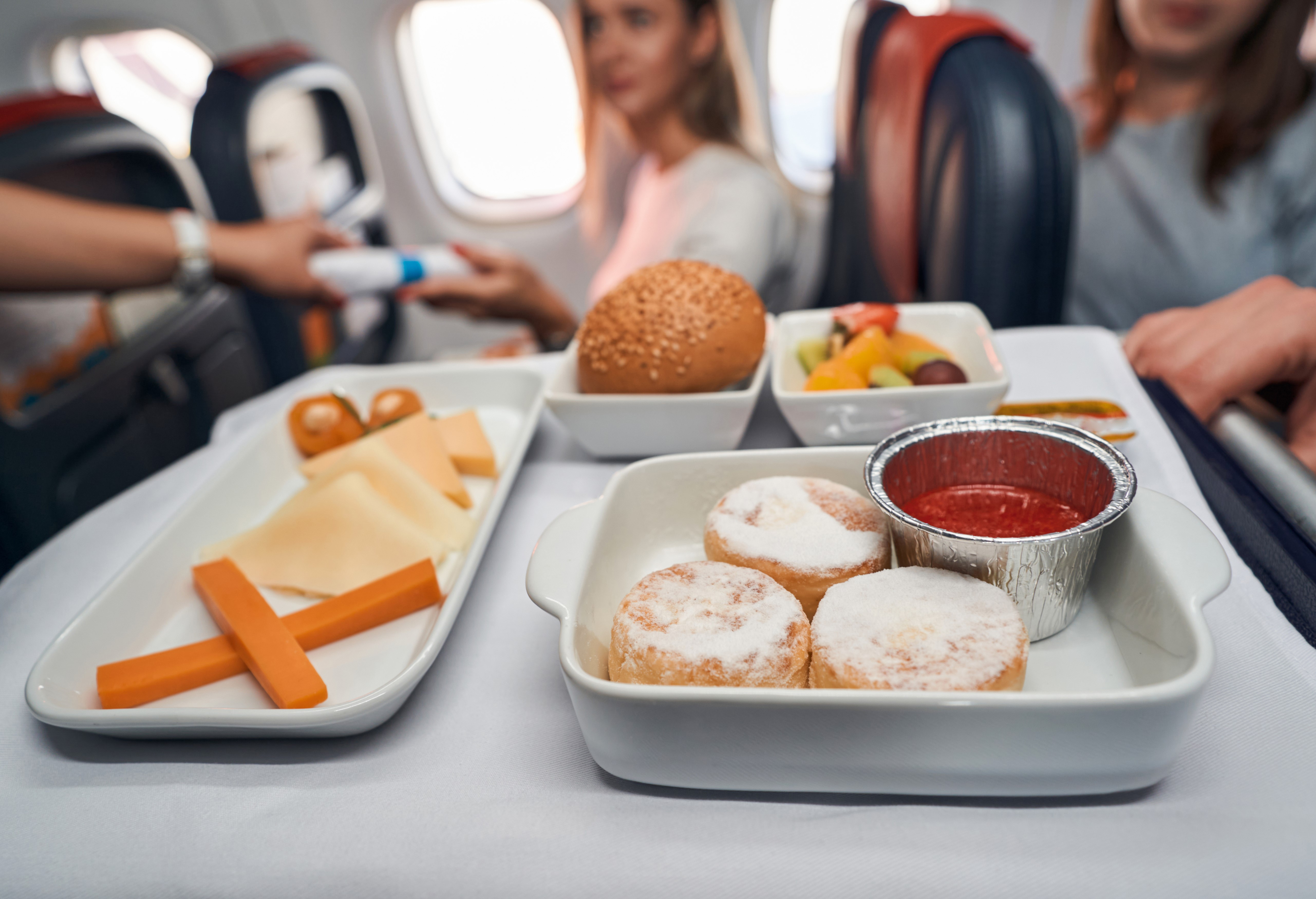Last Updated on August 29, 2024 by Admin
Table of Content
- What is food processing
- Objectives of food processing
- 3 Types of Food Processing
- Primary food processing
- Secondary food processing
- Tertiary food processing
- Various Types of Food processing methods
- Methods of Food processing & Packaging
- Is Processed Food Unhealthy?
- Decoding the ingredients list on a food label
- Conclusion
Generally speaking, food processing is defined as a technique used for turning various foods into separate food products. This method will highly involve different processes within the food development industries. Some of these methods will include sorting & grading, washing, pasteurizing, fermenting, freezing, packaging and so much more.
For the ultimate help in food processing, there will be other ingredients added to the foods. It helps in extending the shelf life during food product development as well as adding more nutrition to the food.
In layman’s terms, food processing happens to be a change of the farming items into food, which can be either in one type or in multiple formations to cover different structures. Food preparation will add various processing nourishments, right from pounding grain to making some crude flour and more.
Some food preparation rules will cover significant jobs in lessening food squandering and improving the level of food protection. The main goal is to enhance food security to the next level.
What is food processing
Food processing involves the transformation of raw ingredients into finished food products through various food processing techniques such as cleaning, grinding, cooking, packaging, and preserving. This process enhances food safety, extends shelf life, and improves convenience for consumers. Techniques used in food processing include pasteurization, fermentation, canning, freezing, and dehydration. Food processing makes food products more palatable and nutritious and allows for creation of a wide range of food items from basic ingredients, supporting both food diversity and accessibility in the market.
Objectives of food processing
The objectives of food processing are multifaceted and aimed at enhancing the quality, safety, and availability of food. Key objectives include:
- Food Safety: Ensuring the removal of harmful microorganisms and contaminants to prevent foodborne illnesses.
- Shelf Life Extension: Preserving food to prevent spoilage and extend its usability.
- Nutritional Quality: Enhancing or preserving the nutritional value of food.
- Convenience: Making food easier to prepare, consume, and store.
- Variety: Creating a wide range of food products from basic ingredients to meet diverse consumer preferences.
- Economic Efficiency: Reducing waste and improving the cost-effectiveness of food production and distribution.
- Quality Control: Maintaining consistent quality and standardization of food products.
These objectives collectively aim to improve food security, accessibility, and consumer satisfaction.
3 Types of Food Processing
If you think about it, there are different types of food processing available. It takes a wide range of structures. Some of the nourishments will need zero preparation, much like picking up an apple from the tree and eating it right away after a simple wash. Then you have others, which are noted to be not that appetizing unless you present them as part of a standardized recipe. Well, currently food processing techniques fall under three significant classifications. Let’s get to learn about that.
Primary food processing:
- It is one way to transform any crude horticultural items into proper nourishments that can be disposed of rather quickly.
- There are times when food is considered to be apt once the primary processing is done and dusted.
- One primary example is the creation of jerky using smoked meat.
- In some instances, immediate processing will transform the present agrarian item into fixing, which is later transformed into consumable food like processing grain for making flours.
Secondary food processing:
- It is one way to use the fixings as delivered from primary food processing to make some prepared-to-eat items or nourishments.
- One such example is utilizing flour for making the batter and then preparing the mixture for making bread.
Tertiary food processing:
- Tertiary food processing is a major scope of prepared-to-eat nourishments like bundled snacks and frozen pizzas.
- The term “handled food” mainly alludes to the products produced through this tertiary preparation during the new food industries.
- One such example is corn getting developed and nixtamalized in a way to get absorbed into a soluble arrangement before even making it into a batter.
- During this point, the batter can be used for making tortillas, cut, and then heated up to form chips.
- Some of the nourishments will need some sort of processing to get into the final stages at last consumable structures.
Various Types of Food processing methods
Food processing is any kind of strategy used for transforming new nourishments into end food resulting in food development recipes. It will include either one or a mixture of various cycles. Without wasting time, let’s focus on the food processing methods, widely used nowadays.
-
Canning:
Here, the food gets warmed up to a high temperature. This cycle is noted as purification. During this point, the food gets packaged and prepared for the canned tomatoes, using the food development technology.
-
Fermentation:
It is a way of using anaerobic conditions to break down the sugars by yeasts, microbes, and various microorganisms. No oxygen is needed to get this cycle going. Maturation is made using mixed refreshments like lager, juice, and wine.
-
Freezing technique:
In this method, the food temperatures are shrunken down below 0 degrees C for lessening the action of all the unsafe microbes. It helps in safeguarding most of the nourishments including meat, fish, vegetables, organic products, and some prepared suppers. You can also learn more about fish and sea food processing.
-
Drying:
Drying is a method to completely remove the water content from food products. This is done by either sun-drying or using a solar dehydrator. Drying is usually done to increase the shelf life of food products by removing moisture from them. It can also be done using a portable electric dehydrator or an electric oven.
Methods of Food processing & Packaging
Here, a defensive gas blend is used to subset the air inside a bundle. It includes the use of Co2, oxygen, and nitrogen gases, which are presently noticeable all around. It helps in broadening the timeframe of realistic usability of some of the new food items for vegetables, meat, and organic products.
-
Pasteurization:
Here, the food is warmed up and then chilled immediately to execute microorganisms. Bubbling or sanitizing the product is important to get it protected to devour later. Dairy items are known to follow this method more often. Apart from these items, sanitization is also utilized for conserving some of the canned items, like mixed refreshments, juices, and more.
-
Smoking:
A cycle of substance treatment and warmth of food is used over here to protect the final result. This method ensures that the food is presented to smoke from consuming materials like wood. The smoked nourishments will cover up various kinds of fish, meat, cheddar, and more.
-
Homogenisation:
Homogenisation refers to standardising packaging materials. It promotes the use of biodegradable packaging material. Such options ensure responsible recycling of the materials. It also involves increased use of reusable packaging materials.
Is Processed Food Unhealthy?
Ultra-processed food items are known for their taste and are also pretty inexpensive, to say the least. But, they mostly contain ingredients, which are targeted to be harmful if consumed more than enough. Some of those options are salt, added sugar, saturated fat, and more. Processed food items are known to have less dietary fibre and few vitamins when compared to whole food. To be honest, nothing can beat the importance of whole and fresh food items, if you are into a healthy platform.
Some studies have shown that eating 10% more ultra-processed food items was associated with a 10% increase in the risks of coronary heart disease, cardiovascular disease and cerebrovascular disorders.
Another study has shown that eating over 4 servings of processed food daily was highly linked with an increased risk of all-cause mortality. For each added serving, the all-cause mortality risk will increase by around 18%.
Other research materials have stated that eating highly processed food items can lead to unnecessary weight gain. There are some reasons why processed foods should not be consumed more than the limited amount, and not regularly. Once you are sure of the results, things will gladly work in your favour.
It is not always harmful to eat processed food items. But, if you get the opportunity to consume whole and healthy food products, it is always recommended to give that a shot. But, most of the time, it is always recommended to not opt for processed food. For a one-week outing, processed food might be a good call, to save time, money, and most importantly, energy. But, be sure to not make it a part of your daily routine. That’s when issues start to arise.
Decoding the ingredients list on a food label
Maybe this is the first time when you are trying to decode the ingredient lists on the food label. Always be sure to focus on some methods, which will make the food labels work for you.
- Serving size is always the prime thing to consider on the label. All the other information is solely based on that serving size. The serving per container will let you know about the portions, which are available in the whole box, can, or package.
- Always try to look for the fat count. There are three versions of fat, and those are good fat, bad fat, and really bad fat. Check for the saturated and Trans-fat content in your food items.
- Make sure to compare the salt count to the calories in every serving. For keeping the sale intake under control, go for the items where the sodium content is towards the lower side or equal to the calories in every serving.
- Always go for food items that have around 5g of fibre in every serving. There needs to be at least 1 gram of fibre for every 10 grams of carbohydrate as the calculation.
- Always try to stay away from the added sugar content. Sugar mostly contains no nutrients apart from pure carbohydrates. Heavy sugar intake will surely fill you up with empty calories and will keep you from eating healthy food items.
Focusing on these points will help you to decode the food label of any processed food you are trying to take in.
Read Aso – Unveiling the Scope of the Food Processing Industry in India
Conclusion
If you want to be a part of a food processing unit, then focusing on some courses beforehand is important. These courses will prepare you for what’s coming up and the skill sets you need to prepare to become a pro. The team from FICSI is always there, and ready to offer the best learning management system to help understand the changing scenes of the food processing industry. Join us to learn more about the list of food processing industrial courses, designed for your ultimate skill development. Some of the much-awaited ones are:
- Advance FoSTaC Training
- HACCP Implementation Course
- Allergen Management Course
- Food Traceability & Recall Course, and the list goes on
Just make sure to click on our official link at https://www.ficsi.in/ and get to learn more about how we help you to prepare for the upcoming food processing challenges.
FAQs
- Canning: Sealing food in airtight containers and heating to destroy microorganisms.
- Freezing: Lowering the temperature to inhibit microbial growth and enzyme activity.
- Drying: Removing moisture to prevent spoilage and extend shelf life.
- Pickling: Using vinegar or brine to create an acidic environment that inhibits bacteria.
- Fermentation: Using microorganisms to convert sugars into acids, alcohol, or gases, preserving and enhancing flavour.



